
- Company
- Services
- UI/UX Design Services
- Microsoft Dynamics 365
- Mobile App Development
- AI Software Development
- Web App Development
- Generative AI Development
- Digital Product Development
- Enterprise Mobility
- SaaS Application Development
- Application Integration
- White-label WP Maintenance
- ERP Software Solutions
- Software Testing
- Offshore Development Center
- Let’s Connect
- Trending
- Technology
- Industry
- Build Your Team
- Our Work
- Company
- Services
- UI/UX Design Services
- Microsoft Dynamics 365
- Mobile App Development
- AI Software Development
- Web App Development
- Generative AI Development
- Digital Product Development
- Enterprise Mobility
- SaaS Application Development
- Application Integration
- White-label WP Maintenance
- ERP Software Solutions
- Software Testing
- Offshore Development Center
- Let’s Connect
- Trending
- Technology
- Industry
- Build Your Team
- Our Work
We use cookies and similar technologies that are necessary to operate the website. Additional cookies are used to perform analysis of website usage. please read our Privacy Policy
The 11 Mobile App UI/UX Design Trends to Watch in 2024
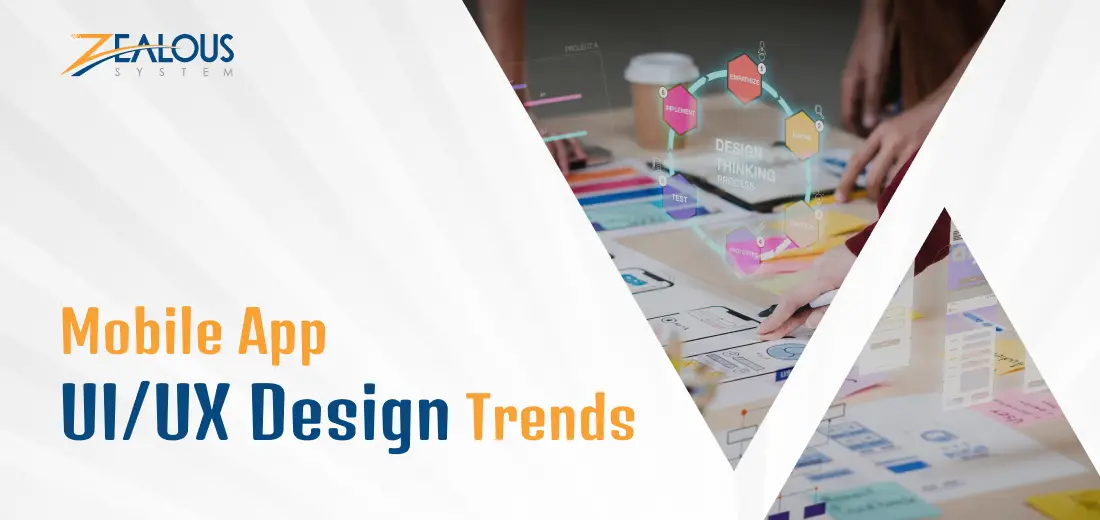
In the ever-evolving landscape of mobile applications, User Interface (UI) and User Experience (UX) design play a pivotal role in shaping the success and adoption of an app. As technology continues to advance, new design trends emerge to create more intuitive, engaging, and user-friendly experiences.
That’s why it’s really important for the people who make these apps to know the newest trends in how they look and work. This helps them make apps that you’ll actually like using, even though there are so many other apps trying to get your attention.
In simple terms, mobile apps are not just practical tools anymore – they’re like special experiences all on their own. Think of them like new and exciting adventures you can have on your phone. So, when we chat about the latest trends in how apps are created, just think of these ideas as ways to make things simple, look awesome, and work like a charm.
As technology advances and user preferences change, staying up-to-date with the latest design trends is crucial to creating compelling and user-friendly mobile applications. In this blog post, we’ll delve into some of the most prominent UI/UX design trends that are shaping the mobile app landscape in recent times.
What is UI/UX Design in a Mobile App?
UI stands for User Interface, and UX stands for User Experience. They are like the dynamic duo that makes sure your app is both good-looking and user-friendly.
UI designers choose the colors, fonts, buttons, and icons that make up the app’s visual style. They make sure everything is organized neatly so you can easily find what you need. Imagine you’re using an app to order food – the UI designer decides where the “Order Now” button goes, what color it is, and how big it should be.
While UX designers are like detectives, figuring out how the app should work to make your life easier. They decide where each button should lead you, how you should navigate between different screens, and how the app should respond when you do something. Now, let’s jump to the trends!
Here are The Top 11 Mobile UI/UX Design Trends 2023
1. Neumorphism: Blending Depth and Minimalism
Neumorphism is like giving a simple and clean design a little bit of a real-world look. Imagine if the buttons and things on your screen looked like they were a bit raised up, like you could press them. It’s a mix of keeping things simple and adding a tiny bit of depth, so the buttons and stuff have a faint shadow and a soft shine.
This makes the app on your screen feel like you can actually touch and play with it, which makes using it more fun and interesting.
2. Dark Mode Sophistication
The dark mode is like a cool new trend in how apps look. It’s popular because it looks nice and can help save battery, especially on certain types of screens. This year, the people who design apps are being really creative with dark mode. They’re using color blends and making things stand out more. This makes the dark mode look even fancier and is easier on your eyes, especially when it’s dark around you.
3. 3D Illustrations and Animations
Picture yourself opening an app and seeing cute 3D characters or playing with animations that move when you touch them. This new style is about adding 3D pictures to the app’s design, making it look more lifelike and interesting. These 3D things could show you how to use the app and make it feel really fun and real, not just boring information.
It’s like stepping into a world inside your phone, where things pop out and react when you interact.
4. Microinteractions: Small Delights, Big Impact
Microinteractions are like the special ingredients that make a delicious dish of app design. They’re the little animations and things that happen when you use an app – just like when your phone vibrates after you send a message, or when a button slightly changes color when you press it, or even when a heart pops up to show you liked something.
Even though these small details might not seem like a big deal, they actually play a big part in how much you enjoy using the app by making it feel quick and fun to use.
5. Voice User Interface (VUI): Talking to Your App
Remember how talking to your phone used to be a sci-fi fantasy? Well, it’s a reality now. VUI lets you interact with apps using your voice. You can give commands, ask questions, and even have conversations.
This trend makes app interactions more natural and hands-free. For instance, you can ask your weather app about tomorrow’s forecast, and it will respond with spoken words.
6. Thumb-Friendly Design for Larger Phones
With smartphones getting bigger and sometimes a bit unwieldy, designers are considering the ergonomics of one-handed use. This trend involves placing important interactive elements within easy reach of the user’s thumb.
This way, users don’t have to stretch their fingers to tap on buttons or navigate through the app. It’s a small design consideration that can greatly enhance user comfort and convenience.
7. Immersive Augmented Reality (AR) Experiences
Augmented Reality is like a digital magic trick. It lets you overlay virtual objects onto the real world through your phone’s camera. In 2023, apps are integrating AR to provide immersive experiences.
For instance, you can try on virtual clothes before buying or see how that new piece of furniture would look in your living room. This trend is turning apps into portals to fantastical worlds right from your own space.
8. Biometric Authentication Integration
Farewell, passwords! This trend revolves around using your unique biological traits for security. Facial recognition, fingerprint scanning, and even iris scans are becoming common ways to unlock your device or access apps. This enhances security while also streamlining the login process. No more typing in complicated passwords – just a quick scan and you’re in.
9. Adaptive Design for Personalization
Imagine an app that seems to just “get” you. Adaptive design tailors the app’s appearance and content based on your preferences, behaviors, and context. This means that the app can rearrange its layout, change colors, and even show content that’s most relevant to you. It’s like having a personal butler that knows exactly what you need.
10. Asymmetry and Abstract Artistry
Remember how apps used to be neatly arranged in rows and columns? Well, not anymore. Asymmetry is the art of breaking away from strict grids and adding an artistic, off-kilter touch. This can make your app feel dynamic and visually engaging.
Abstract art elements are finding their way into app design, adding a dash of creativity and uniqueness that sets your app apart.
11. Gestural Navigation: Swipes and Pinches
Buttons are no longer the only way to navigate through an app. Gestures like swiping, pinching, and tapping are becoming more intuitive. You can swipe to go back, pinch to zoom in, or tap and hold to access additional options. This trend embraces the way we naturally interact with touchscreens, making app navigation more intuitive and fluid.
Concluding Lines
UI/UX’s emerging trends are strategically designed to provide intuitive, visually appealing, and immersive interactions for app users. With the rising importance of voice user interfaces and chatbots, coupled with design principles such as flat design and minimalism, the world of mobile app design is equipped for a substantial transformation.
Such trends will undoubtedly bring about improved navigational structures and captivating aesthetics. Moreover, the use of user-generated content, the adoption of bottom navigation, and the emergence of novel concepts like neumorphism are bound to introduce fresh dimensions to mobile app design.
To get yourself one step closer to such trends, Zealous is here to assist you in getting your A-game.
We are here
Our team is always eager to know what you are looking for. Drop them a Hi!
Pranjal Mehta
Pranjal Mehta is the Managing Director of Zealous System, a leading software solutions provider. Having 10+ years of experience and clientele across the globe, he is always curious to stay ahead in the market by inculcating latest technologies and trends in Zealous.
Table of Contents
×


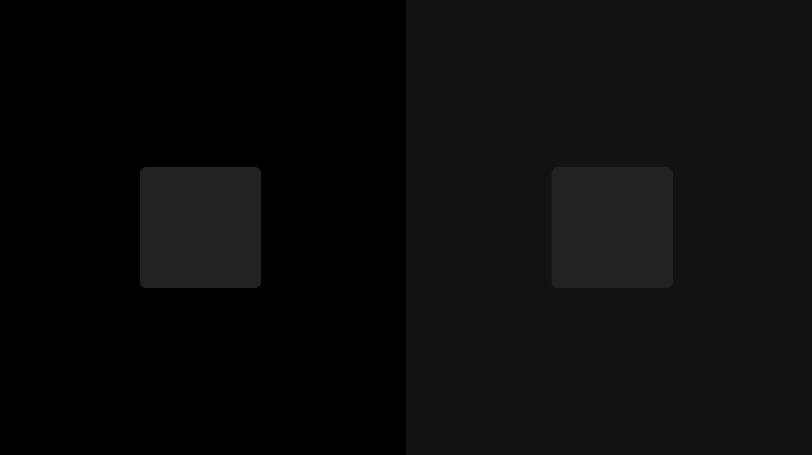

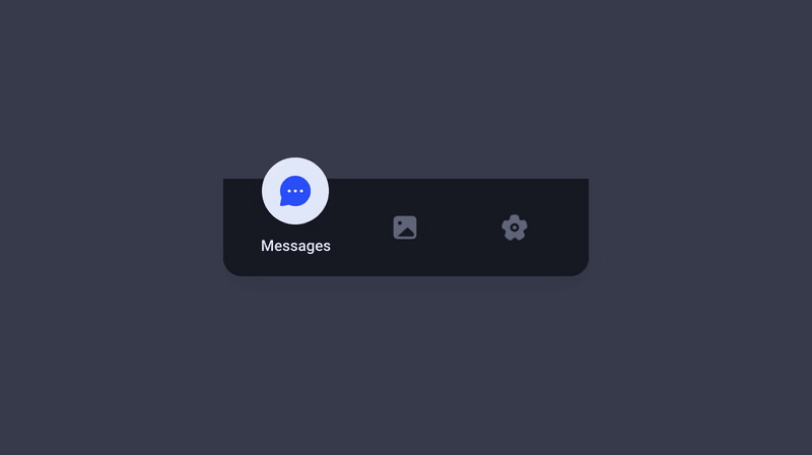
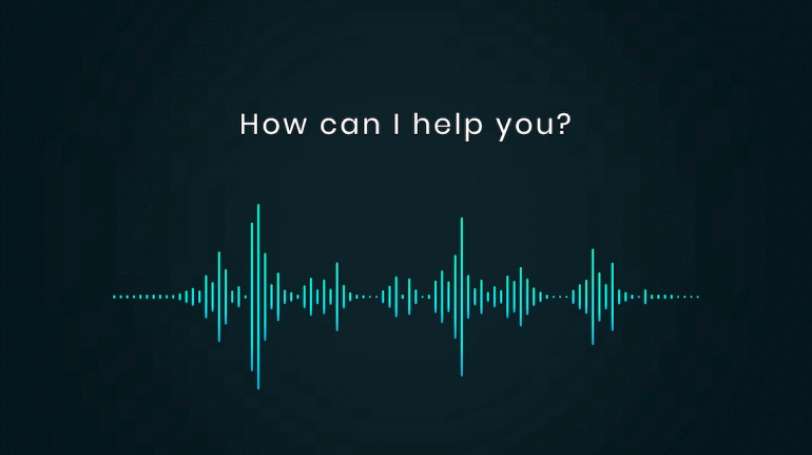
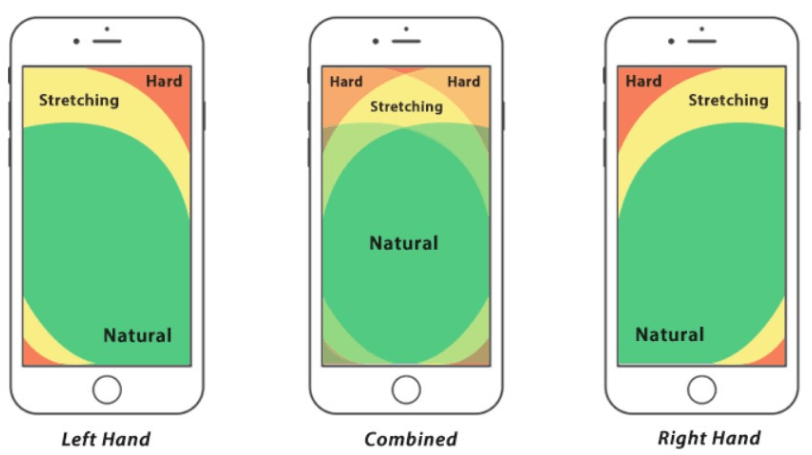
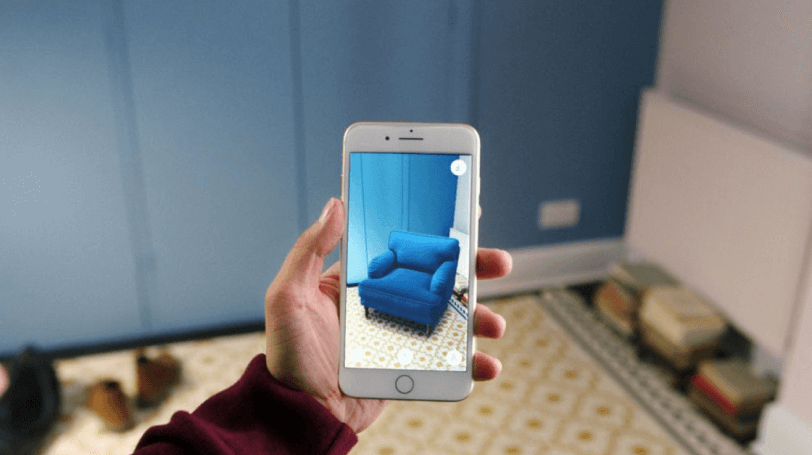
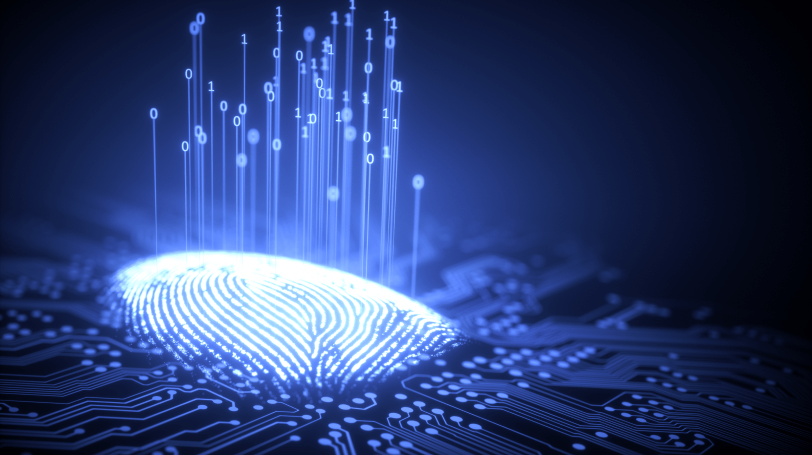

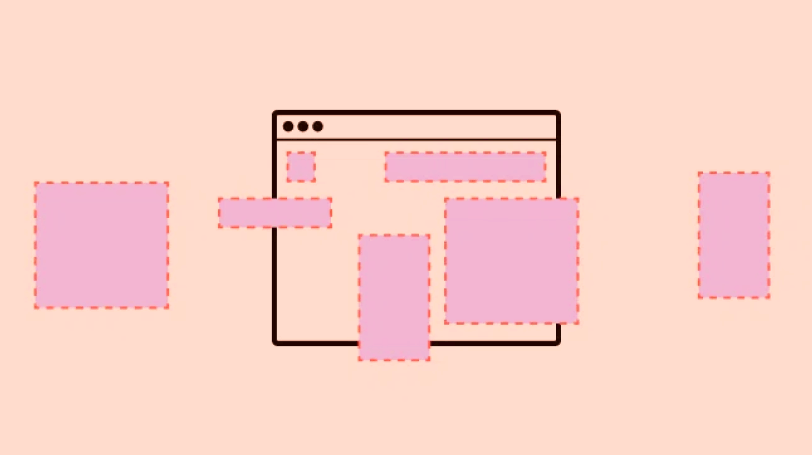
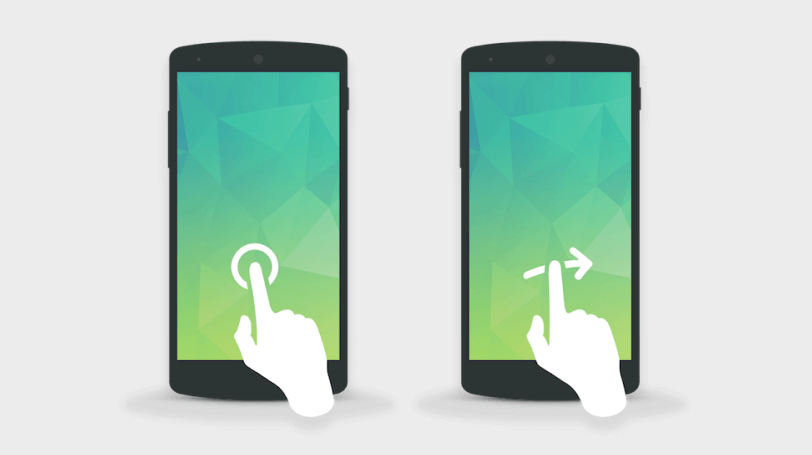
Comments